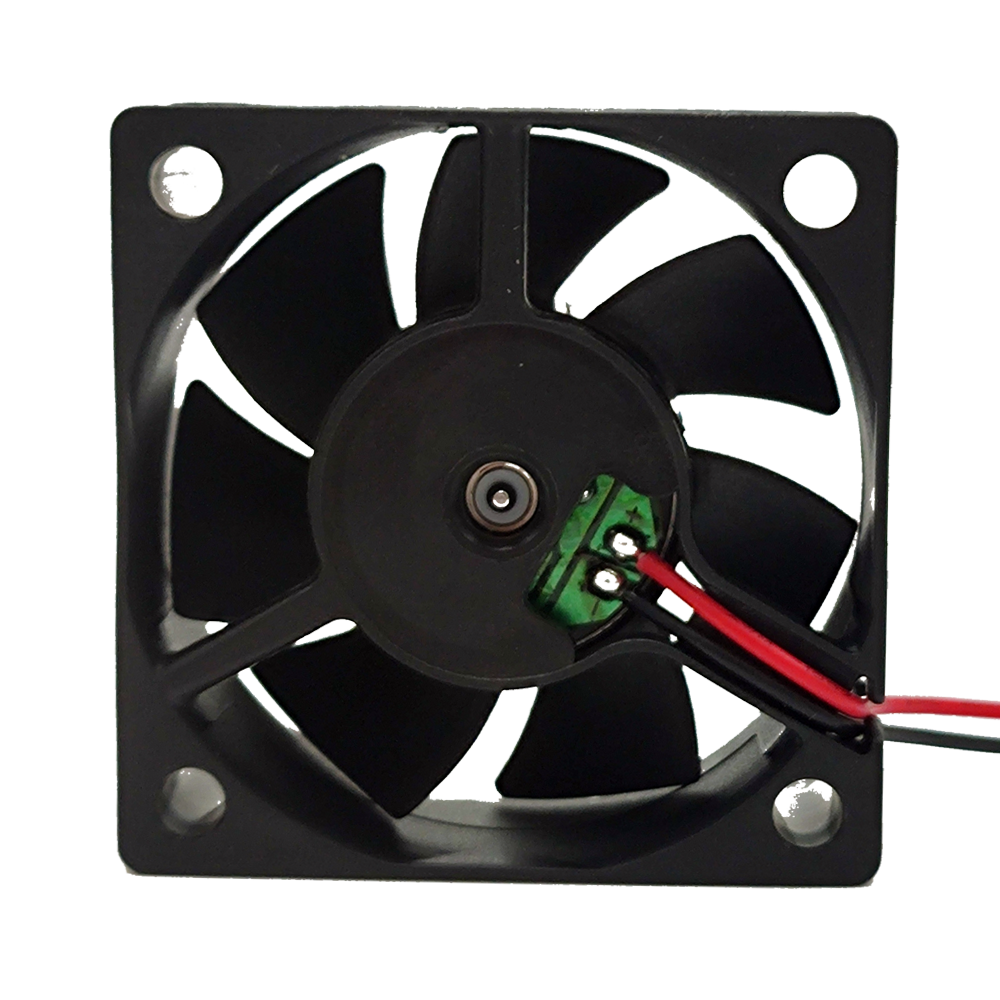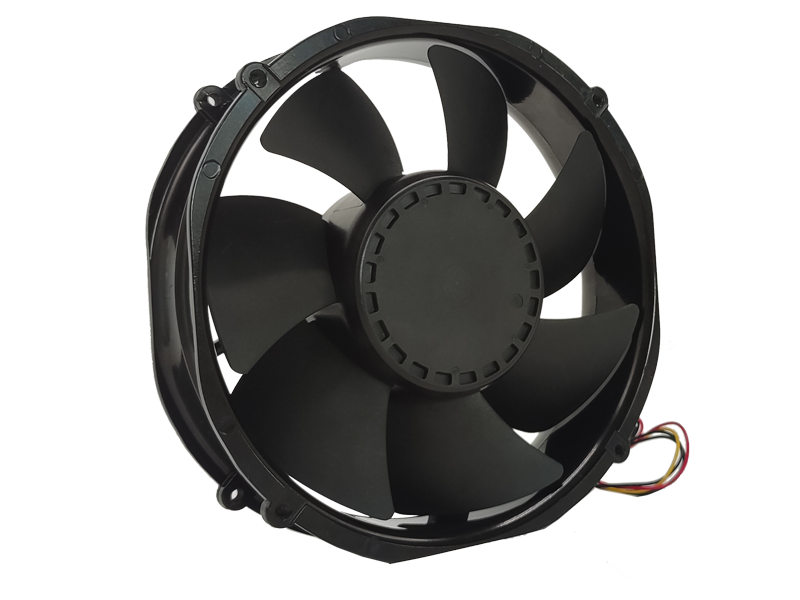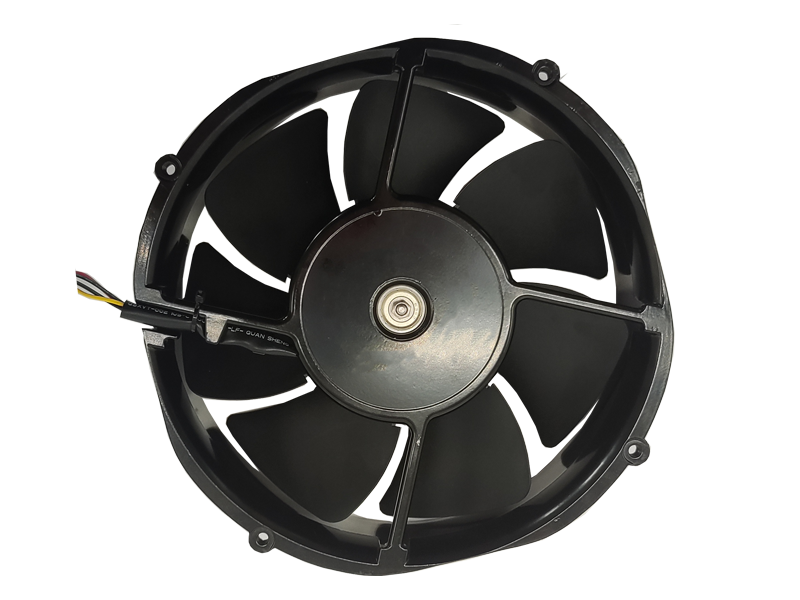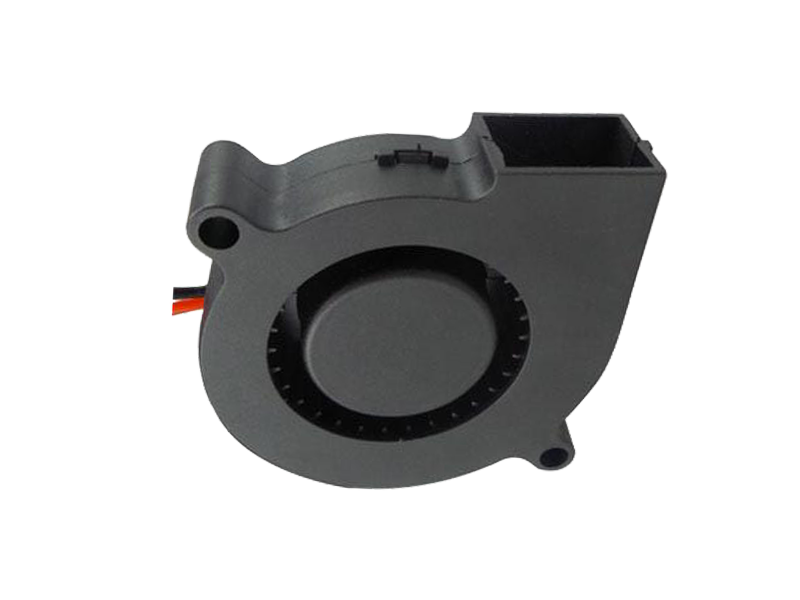Introduction
The industrial fan has evolved from a rudimentary cooling device to a sophisticated airflow management system. Modern manufacturing demands precision, energy efficiency, and predictive maintenance—all driven by smart technology integration. This article explores how IoT, AI, and advanced materials are transforming industrial fans into critical components of Industry 4.0.
1. The Shift from Mechanical to Intelligent Systems
Traditional industrial fans operated on fixed speeds, leading to energy waste and inconsistent performance. Today’s smart fans leverage:
IoT Sensors: Embedded temperature, vibration, and airflow sensors enable real-time monitoring.
AI Algorithms: Machine learning predicts optimal fan speeds based on environmental data (e.g., factory heat load, ambient temperature).
Predictive Maintenance: Algorithms analyze vibration patterns to detect bearing wear, reducing downtime by 40%.
Case Study: A German automotive plant reduced energy costs by 32% after installing AI-driven fans that adjusted airflow based on real-time welding station heat output.
2. Material Innovations for Extreme Environments
Industrial fans face harsh conditions—dust, moisture, and temperatures exceeding 80°C. New materials include:
Carbon-Fiber-Reinforced Polymers (CFRP): Lightweight yet durable, reducing motor strain by 25%.

Graphene Coatings: Enhance thermal conductivity by 500%, critical for steel mill applications.
Corrosion-Resistant Alloys: Nickel-cobalt alloys extend fan lifespan in chemical plants by 3x.
3. Energy Efficiency and Regulatory Compliance
With EU’s Energy Efficiency Directive and EPA regulations, industrial fans now prioritize:
Variable Frequency Drives (VFDs): Cut energy use by 30–50% by adjusting motor speed.
EC Motors: Electronically commutated motors achieve 90% efficiency vs. 70% for traditional AC motors.
Circular Economy Design: Modular components allow easy upgrades, reducing e-waste.
Conclusion
Smart industrial fans are no longer mere cooling tools but strategic assets for sustainable manufacturing. Early adopters report 20% productivity gains and 35% lower maintenance costs.
Recommended Products

The main purpose:Car charging station

The main purpose:Car charging station

The main purpose:Electronic refrigerators, water dispensers, direct drinking machines, inverter power supplies
Address:No. 4137, Longgang Avenue (Henggang Section), Henggang Community, Henggang Street, Longgang District, Shenzhen
hotline:13530005572(Chen)15112579390(Li)


Welcome all friends to come for consultation and negotiation.
Copyright 2024 @ Shenzhen Youneng Xinyuan Electronics Co., Ltd.,(industrial fans,industrial blowers,axial fans,cooling fans manufacturer,centrifugal fans,ac cooling fans,dc cooling fans)